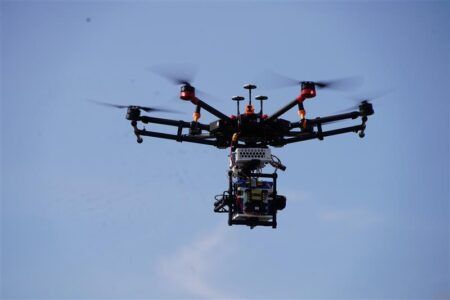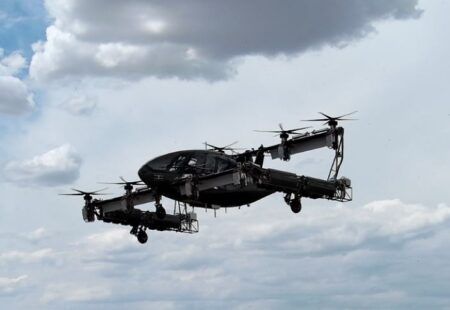The UK’s aviation regulator the Civil Aviation Authority has published proposals that will allow the flying of drones beyond the visual line of sight away from other aircraft and close to buildings and other infrastructure.
So far in the UK drones have only been allowed to fly beyond the visual line of sight (BVLOS) of remote pilots under strict restrictions as part of trials.
The proposals put out for consultation will enable beyond visual line of sight (BVLOS) operations at low heights close to buildings or infrastructure. This would mean drones can fly where it is anticipated there are fewer aircraft operating. This would be of particular benefit to industries involved in inspecting infrastructure such as railways, powerlines and roads, as well as farmers and site security.
Kevin Woolsey, head of remotely piloted aircraft systems at the UK Civil Aviation Authority (CAA) said, “Our proposals are a positive step towards unlocking the next stage for drone flying in the UK. Allowing drones to fly beyond the sight of the remote pilot, without placing restrictions on other aircraft in the area, will be a major achievement for UK drone operations.
“Safety comes first in everything we do and so we have identified sensible mitigations on where drones can fly using this proposed concept to make sure we maintain levels of safety.”
Once the policy is adopted, the CAA plans to work with several operators to help implement it in a safe and scaled way.
The consultation, which launched on Tuesday is open for six weeks.
The proposals will allow drones to fly in what is called an atypical air environment, airspace where you can reasonably anticipate there to be a reduced number of conventionally piloted aircraft due to the proximity of ground infrastructure.
Although operating within an atypical air environment reduces the risk of aerial collisions does not address any aspect of ground risk. The CAA said atypical air environment operations are likely to increase ground risk and operators will be required to propose how they intend to mitigate that risk.





